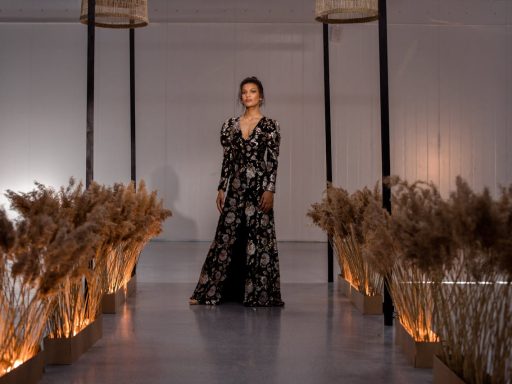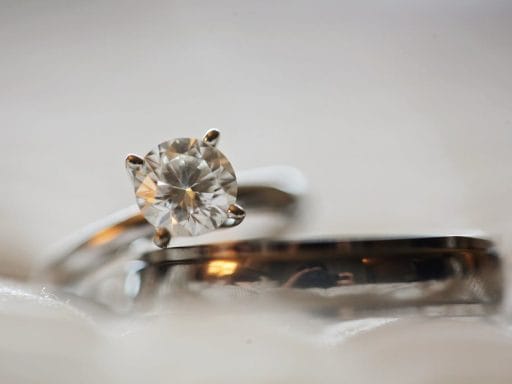What exactly makes a diamond so special? Is it the size of the carat? Or perhaps the cut of the stone? Maybe it’s the clarity and colour? Well, it’s all of the 4 C’s. They all work together to create treasured pieces.
Here’s a look at the 4Cs to help you choose a diamond.
How to Choose a Diamond?
- Cut
Of the four Cs, cut is the one that has the most significant effect on the beauty of a diamond. The cut is chosen by the artisan who will delicately design the stone’s cut and transform a rough gem into a dazzling diamond.
There are a wide variety of cuts you will find amongst our beautiful engagement rings selection in your local area, such as princess, baguette and round brilliant. But, what you should look out for are the proportions. A stone that is accurately proportioned displays maximum fire and brilliance.
- Clarity
The clarity rating of a diamond has a direct impact on the stone’s price and beauty. Completely flawless diamonds are not only extremely rare, but very pricey too. Almost all diamonds have tiny blemishes and inclusions, but most aren’t visible to the naked eye.
Also Read: 6 Things To Avoid When Buying An Engagement Ring
- Colour
It is the colour of a diamond that really sets it apart from all others. A diamond that is truly colourless is very rare, but you can easily find a wide variety of stunning stones that reflect yellow to warm white shades. What you pick will come down to personal preference.
It’s worth noting that most diamonds have at least a tiny trace of brown or yellow hues, but the colour palette of a diamond can vary considerably. In fact, the gems can cover the entire colour spectrum. It’s very rare to come across naturally coloured diamonds, which are called fancies. These stones, when you do come across them, come in tints like red, pink, blue, green and black. Because they are so rare, fancy coloured diamonds are held in high esteem.
There are not major rules for what colour makes a diamond more beautiful than any other stone. But, diamonds are graded on the colour scale and range from a colourless D all the way through to Z.
You’ll find that the differences in colour are rather subtle and not always noticeable to an untrained eye. Yet, this can dramatically affect the price of a diamond.
- Carat
Carat is most often confused with size, but it is really the standard used to measure the weight of a diamond. For instance, one carat equals half a gram. As the weight of a stone increased, so does its value.
But, the carat weight alone cannot determine the value of a diamond. Two stones of the exact same weight can vary considerably in price because of their differences in quality. For example, a smaller diamond may return more light when looking at it and may be more beautiful than a larger diamond with inferior colour, clarity and cut.
Use the 4Cs to help you shop for the best diamond you can afford.







